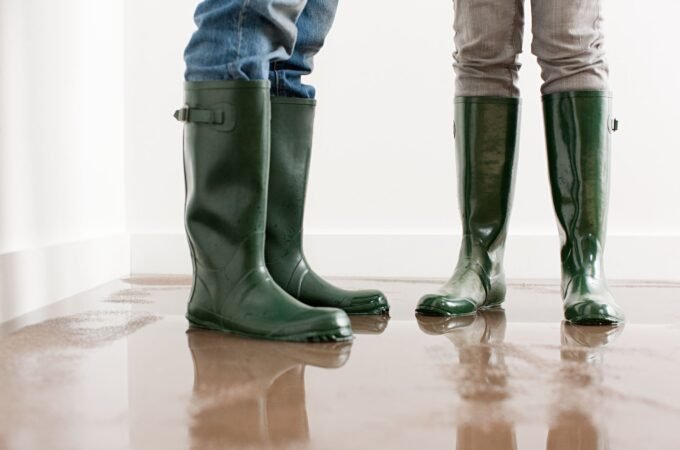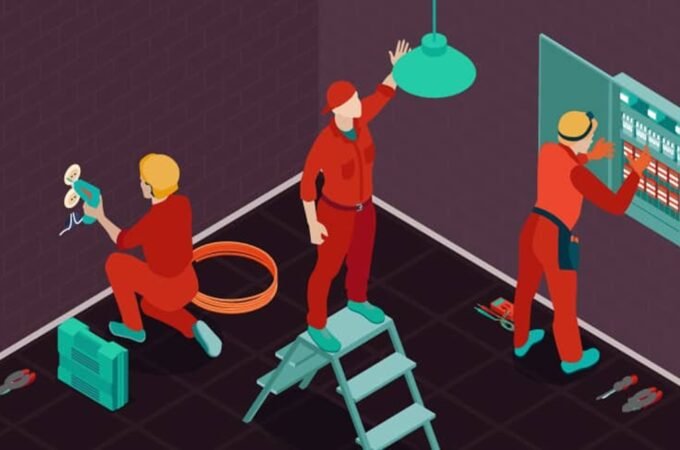
How to Deal with Squirrels and Raccoons in Your Home
The pitter-patter of tiny feet in your attic may sound charming at first, but when those feet belong to unwelcome guests like squirrels and raccoons, the situation can quickly turn into a homeowner’s nightmare. These furry invaders, while seemingly harmless, can wreak havoc on your property, causing damage to insulation, wiring, and structural components. In this article, we’ll explore the challenges posed by squirrels and raccoons in attics and offer insights into effective and humane methods of dealing with these persistent pests.
Squirrels and raccoons are highly adaptable creatures that often seek shelter in attics, especially during the colder months. Attics provide a secure and insulated environment that appeals to these animals for nesting and raising their young. While they may seem harmless, the damage they can cause is not to be underestimated.
Table of Contents
ToggleStructural Damage
Squirrels and raccoons are adept chewers and can damage wooden beams, electrical wiring, and insulation in their quest to create nests.
Health Risks
Raccoons in particular, can carry diseases such as rabies. Their feces, known as raccoon latrines, can pose serious health risks, containing harmful bacteria and parasites.
Noise Disturbance
Nocturnal by nature, these animals can be quite noisy during the night, disrupting your sleep and causing stress for homeowners.
Audible Noises
Scratching, thumping, or scurrying sounds coming from the attic, especially during the night.
Preventive Measures
Preventing squirrels and raccoons from infiltrating your attic in the first place is key to avoiding the associated challenges. Consider the following preventive measures. Regularly inspect your home’s exterior for potential entry points, such as gaps in the roof, soffits, or vents. Seal these openings to deny access to these creatures. Squirrels are excellent jumpers and can easily access your roof from nearby tree branches. Trim branches that provide easy access to your home.
Secure Garbage Bins
Raccoons are attracted to food sources. Keep your garbage bins securely closed to avoid attracting them to your property. Consider installing screens or mesh over potential entry points to prevent animals from gaining access while still allowing proper ventilation.
Humane Removal Methods
If you suspect an infestation, it’s essential to address the issue promptly and humanely. Here are some effective methods for dealing with squirrels and raccoons. Humane live traps can be used to capture squirrels and raccoons. Once caught, these animals can be safely released back into the wild, away from residential areas.
Professional Wildlife Removal Services
Wildlife removal experts are trained to handle pest control safely and ethically. They employ humane trapping methods and can also provide exclusion services to prevent future infestations. Various deterrents, such as motion-activated lights, loud noises, or even predator urine, can discourage squirrels and raccoons from taking up residence in your attic.
Cleaning and Restoration
After successfully removing the invaders, it’s crucial to address the aftermath. This involves cleaning and restoring the attic to its pre-infestation state Thoroughly clean and sanitize the attic, removing feces, urine, and nesting materials. This step is vital for eliminating health hazards associated with animal waste.
Repair Damages
Repair any structural damage caused by the pests. This may involve replacing chewed wires, insulation, or damaged roofing materials. Implement additional exclusion measures to prevent a repeat infestation. This may include reinforcing entry points and installing barriers to deter future attempts.
Conclusion
Dealing with squirrels and raccoons in your attic requires a proactive and humane approach. By understanding the threats these creatures pose, taking preventive measures, and employing ethical removal methods, you can safeguard your home from the potential damages and health risks associated with a furry invasion. Regular maintenance and vigilance are key to ensuring a pest-free and secure living environment for you and your family.





